12 Antique Musical Instruments from the Early 20th Century Worth Preserving
Musical instruments from the early 20th century are a window into a time when craftsmanship and quality were paramount. Each piece, whether a brass horn or a wooden piano, carries with it the essence of its era, offering both beauty and functionality. Over the years, these instruments have become rare artifacts, each with its own unique story to tell. The attention to detail in their design and construction makes them valuable not only to musicians but also to collectors who understand their historical significance. Despite the march of time and modern technology, the sounds of these antique instruments remain unmatched.
This post may contain affiliate links, which helps keep this content free. Please read our disclosure for more info.
Early 1900s Upright Grand Piano
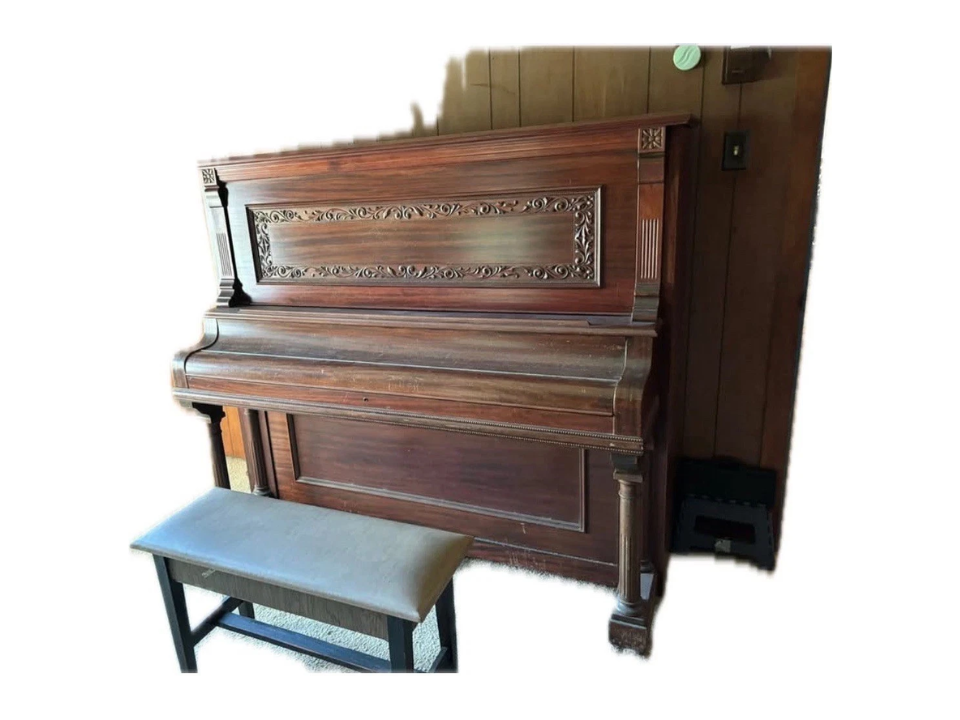
Estimated current market value: approximately $10,000
An upright grand piano made around 1900 stands as a testament to turn-of-the-century craftsmanship. These pianos were designed with elaborate wooden cases featuring intricate carvings and often finished with rich, dark veneers like mahogany or rosewood, reflecting the design aesthetics of the late 19th and early 20th centuries.
When the mechanics remain intact and the soundboard is in reasonable shape, the instrument can still produce a warm, resonant tone. The integrity of the action, hammers, and strings plays a critical role in maintaining the musical quality of the piano. Condition is key; if the piece shows heavy wear or damage, its market value can drop significantly.
1910s Edison Cylinder Phonograph and Horn
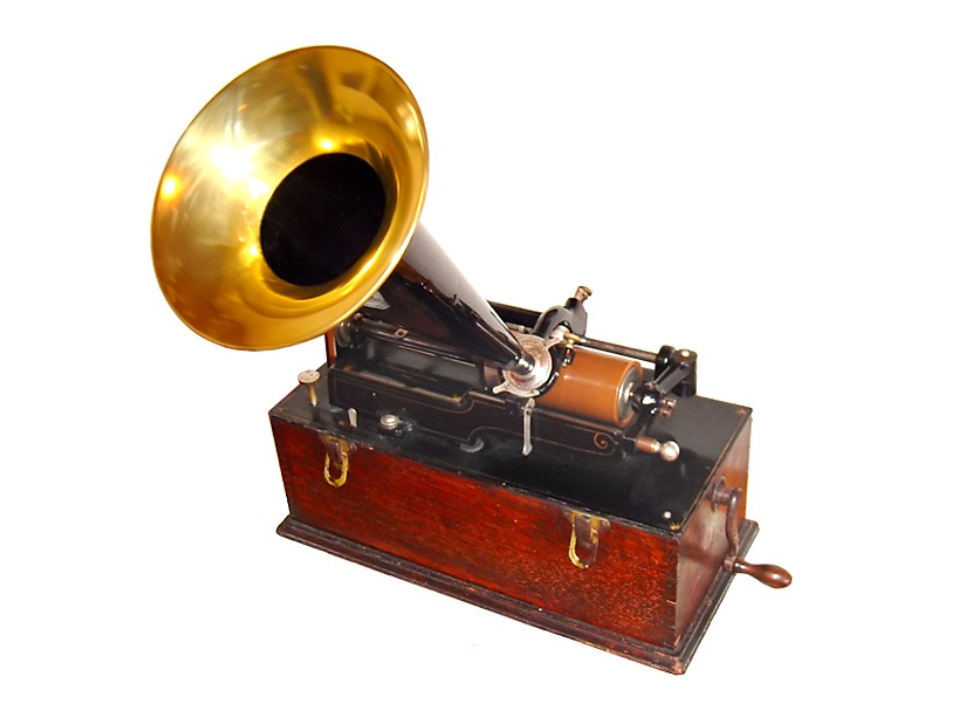
Estimated current market value: around $2,000
A cylinder-based phonograph from the 1910s features a large brass horn, a crank mechanism, and a wooden cabinet that reflects the transitional period of recorded audio. This model was produced by Edison and played a significant role in the early days of home entertainment, allowing families to listen to recorded music and spoken word in their living rooms.
Collectors often seek these early phonographs because of their historical importance and unique sound quality. The original Edison cylinders, which contain the recorded music, can sometimes fetch high prices, depending on rarity and condition. Fully functioning phonographs in good condition, particularly those with a well-preserved horn and crank, are valuable and considered prized possessions by collectors of vintage sound technology.
1920s Mandolute by Weymann

Estimated current market value: around $3,500
The mandolute made by Weymann in the early 20th century blends features of a mandolin with a more expansive tonal range, producing a fuller, richer sound. Weymann was known for their high-quality craftsmanship and innovative designs, and their mandolutes were especially popular during the 1920s when these instruments were used in both folk and early jazz music.
When the finish is largely original and the body is free of major repairs, this instrument appeals to both players and collectors. Weymann mandolutes are particularly valued due to their rarity and the brand’s reputation for quality. The value of the instrument increases if it has been kept in playable condition and retains the original hardware and tuning mechanisms, further adding to its collectible appeal.
1900s Brass Sousaphone for Marching Band

Estimated current market value: roughly $4,000
An early 20th-century brass sousaphone is an impressive, large-scale wind instrument featuring a long coil of tubing that wraps around the player’s body and culminates in a large, flared bell. This design was specifically created for marching bands to provide better projection and easier playing while on the move. These sousaphones often have beautiful engraved brass plates and ornate detailing on the valve section.
When the keywork remains intact and the valves still function smoothly, and the instrument is free of heavy dents, it commands higher interest in the market. The patina of the brass and any engravings of the maker’s name can also play a role in determining value. The rarity of surviving sousaphones in good condition, especially those from respected manufacturers, boosts the instrument’s worth among collectors and musicians alike.
1915 Saxophone (C Melody or Eb Alto) by Conn
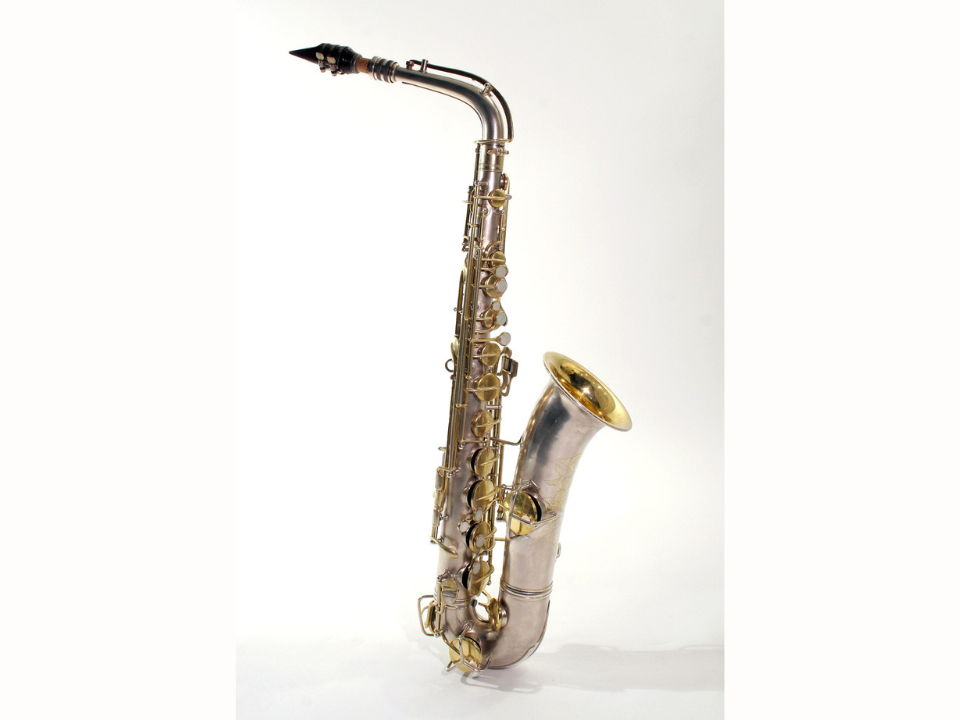
Estimated current market value: about $2,300
A saxophone from around 1915 made by Conn in either C melody or Eb alto key is a rare find from the early years of the instrument’s popularity. The Conn Company, a leading manufacturer, produced some of the earliest saxophones used in jazz and early big band music. These saxophones, though not as widely known as the modern soprano or baritone varieties, were designed to produce a softer, smoother tone ideal for more intimate performances.
The value of these instruments depends heavily on the condition of the body, the tone holes, and the originality of the key system. Original features such as a gold lacquer finish or engraving on the bell can significantly increase value. Well-preserved examples with a fully functioning key system, clean pads, and an intact finish are highly sought after by collectors of vintage brass and woodwind instruments.
1908 Violin by Mirecourt Workshop
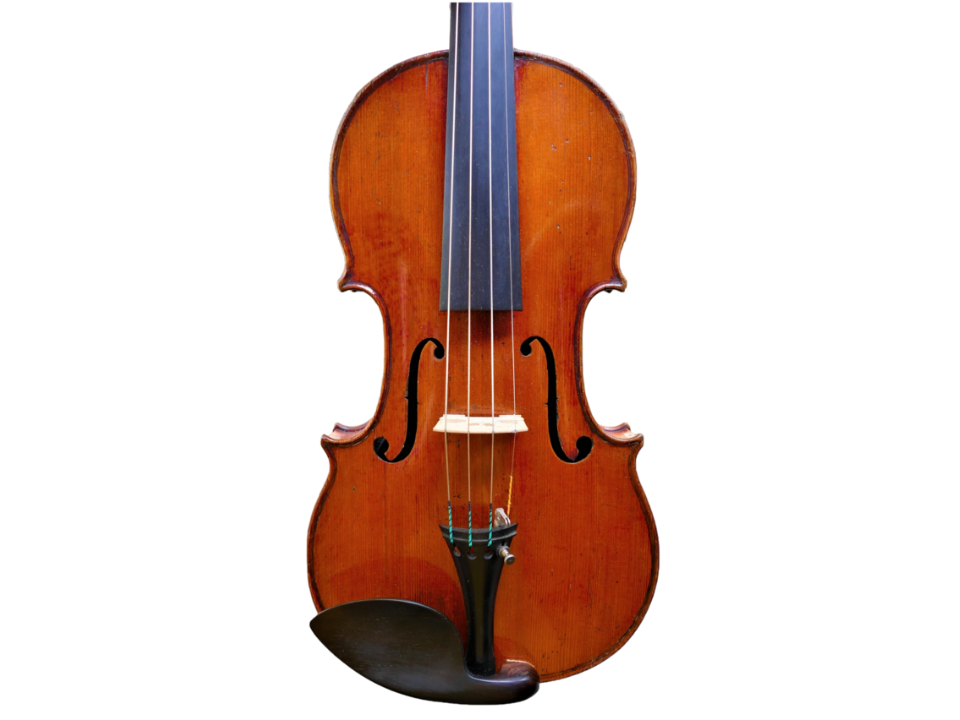
Estimated current market value: roughly $1,200
A violin produced in the early 1900s by a Mirecourt workshop in France is a great example of the French craftsmanship that helped define the violin-making tradition. Mirecourt is famous for producing instruments that, while not as expensive as the creations of master luthiers, still possess a remarkable sound and a level of craftsmanship. These violins were constructed with care and attention to detail, and many of them continue to be used by students and professional musicians.
While they may not reach the price points of rare Stradivari violins, well-preserved Mirecourt violins can still hold significant value. The quality of the wood, the presence of any cracks or repairs, and the condition of the fittings such as the bridge and pegs can all influence the market price. Collectors value these violins for their aesthetic appeal and historic connection to the rich French tradition of stringed instrument making.
1912 Hammond Organ Model A

Estimated current market value: about $8,000
An early electronic organ built by Hammond in 1912 features a tone‑wheel generator that produces sound through an innovative mechanical process that changed the world of music. This model, the first in the Hammond series, has a distinctive wooden case and produces a rich, vibrant sound that makes it especially sought after by organ enthusiasts and musicians.
When restored and maintained with care, the Hammond Model A continues to perform with a classic sound. Its vintage appeal, especially in churches or performance spaces, means that original versions in good condition fetch impressive prices. While many later Hammond organs are more popular, the early models retain a loyal following due to their historical significance and unique sound characteristics.
1923 Gibson L4 Acoustic Guitar
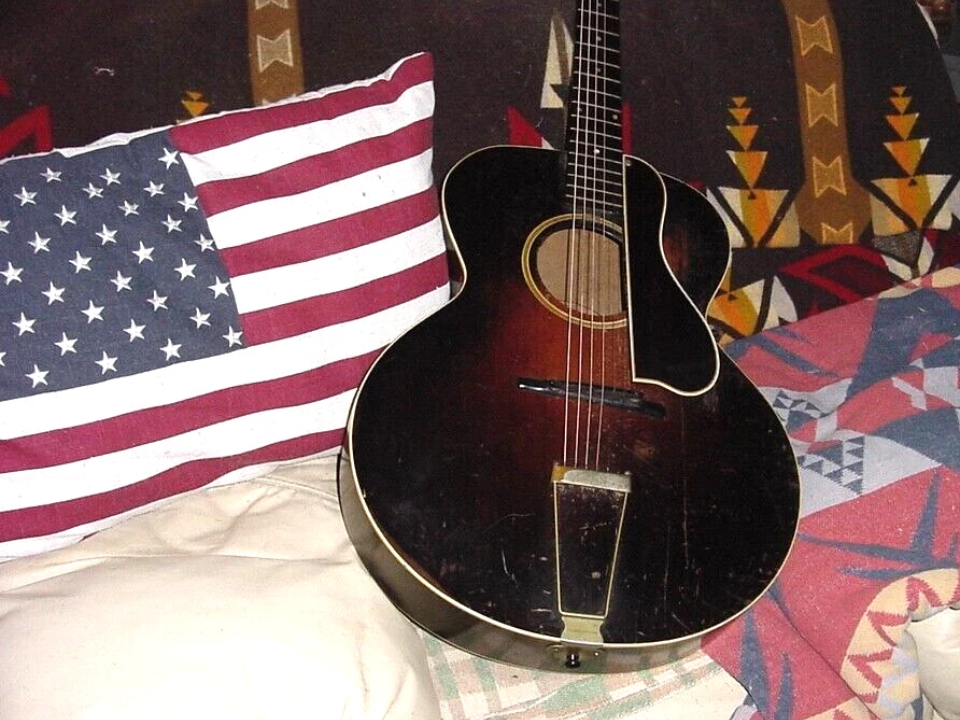
Estimated current market value: approximately $20,000
A guitar made by Gibson in 1923 is a standout piece from the golden age of acoustic guitar manufacture. The L4 model was part of the pre‑war Gibson designs that defined early jazz and blues music. It features a carved spruce top, a maple back and sides, and a distinctively warm tone that made it a favorite among early jazz guitarists.
Gibson L4 guitars from this period are highly valued for their tone and craftsmanship. The scarcity of vintage instruments from this era, combined with the exceptional quality of the build, makes these guitars some of the most coveted vintage instruments on the market. The condition of the body, neck, and hardware, along with the presence of original parts like the bridge, tuning machines, and finish, all affect the instrument’s market value.
1906 Berliner Gramophone with Horn
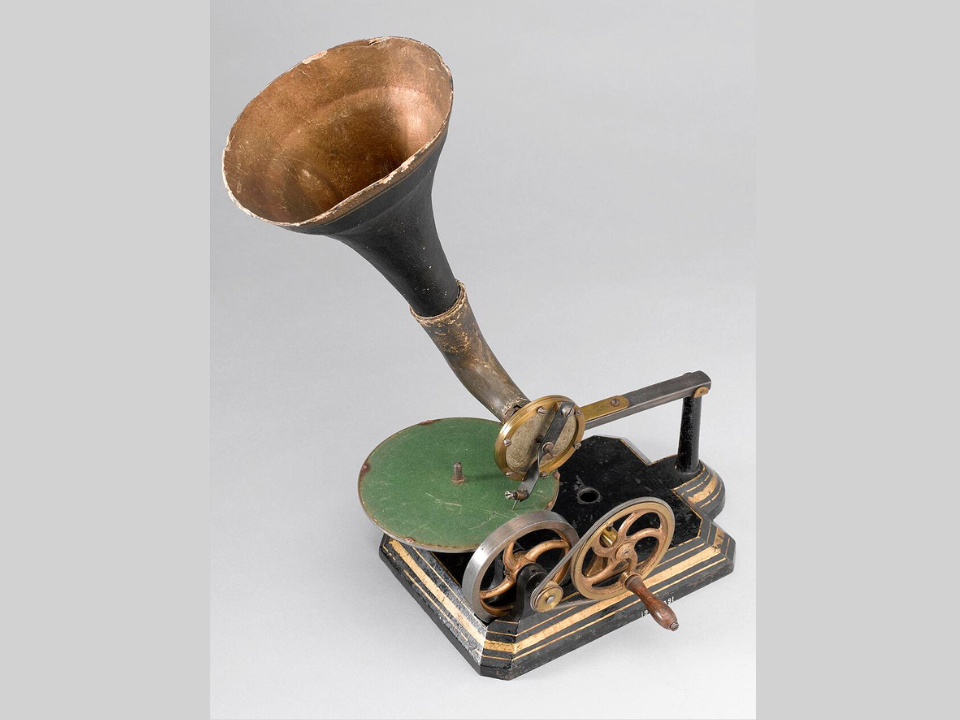
Estimated current market value: around $3,000
A gramophone produced by Berliner in 1906 features a wooden cabinet with a large, detachable horn that amplifies the sound. This early form of phonograph represents the beginning of the recorded music era, allowing individuals to listen to their favorite songs at home. The Berliner gramophone was one of the first commercially successful models, and its horn design helped shape the future of home sound systems.
When the mechanics still function, and the horn is in good condition, this gramophone can serve as both a historical artifact and a functioning piece of audio equipment. Collectors value it not only for its rarity but also for its role in revolutionizing the way people consumed music during the early 20th century. The wooden cabinet and decorative elements, such as intricate inlays or engraving, further enhance its appeal.
1907 Steinway Rosewood Model B Grand Piano
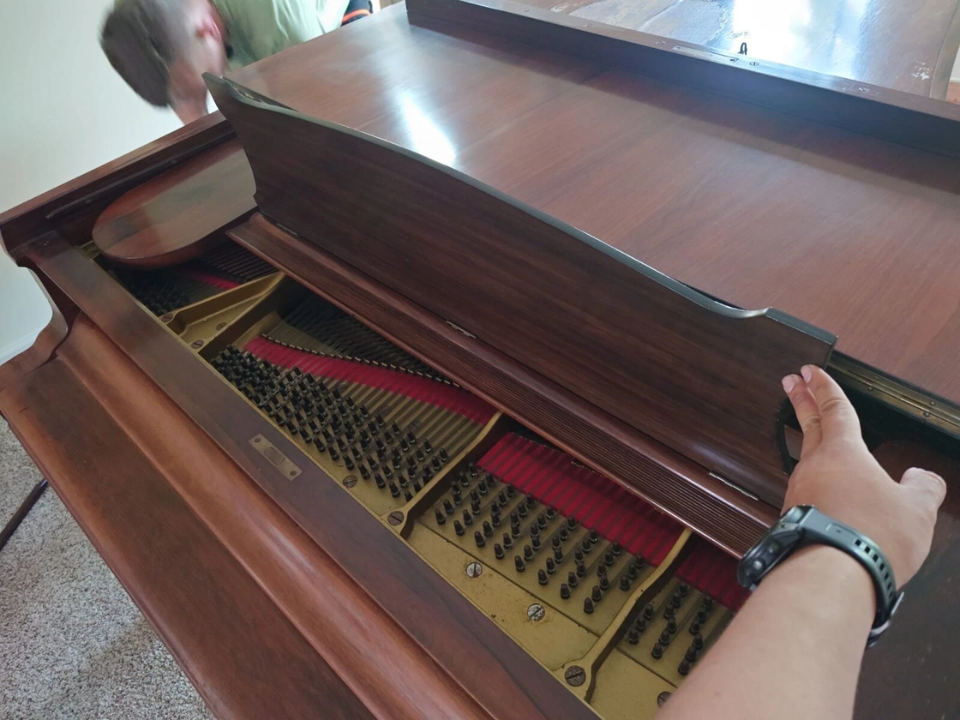
Estimated current market value: $250,000
The Steinway Model B grand piano from 1907 is one of the finest examples of early 20th-century piano craftsmanship. Known for its rich, resonant tone, the Model B was designed with a larger soundboard, making it suitable for both intimate performances and larger venues. The piano features a stunning rosewood veneer case that was highly prized during this period for its intricate grain and luxurious finish.
Given its high-quality construction, pianos of this model from 1907 are considered valuable collector’s items. However, their market value greatly depends on condition, with the original parts such as the action and soundboard being particularly important. A well-maintained or restored Model B can easily fetch upwards of $250,000, making it a prized possession for any serious piano enthusiast or collector.
1925 Selmer Mark VI Tenor Saxophone

Estimated current market value: about $12,000
The Selmer Mark VI tenor saxophone, first introduced in the mid-1920s, is widely regarded as one of the finest saxophones ever made. Known for its remarkable tone and impeccable craftsmanship, the Mark VI quickly became the choice of professional jazz and classical musicians. The instrument features a smooth action, excellent intonation, and a versatile sound that can range from smooth and mellow to bright and cutting.
Condition plays a significant role in the value of these saxophones, as the keywork, pads, and overall structure must be in excellent shape. Original finish, a well-maintained neck, and a complete key system can substantially increase the instrument’s market price. The Selmer Mark VI continues to be one of the most sought-after vintage saxophones due to its role in shaping the sound of jazz and its ongoing popularity among musicians.
1913 Stroh Violin (Horn Violin)
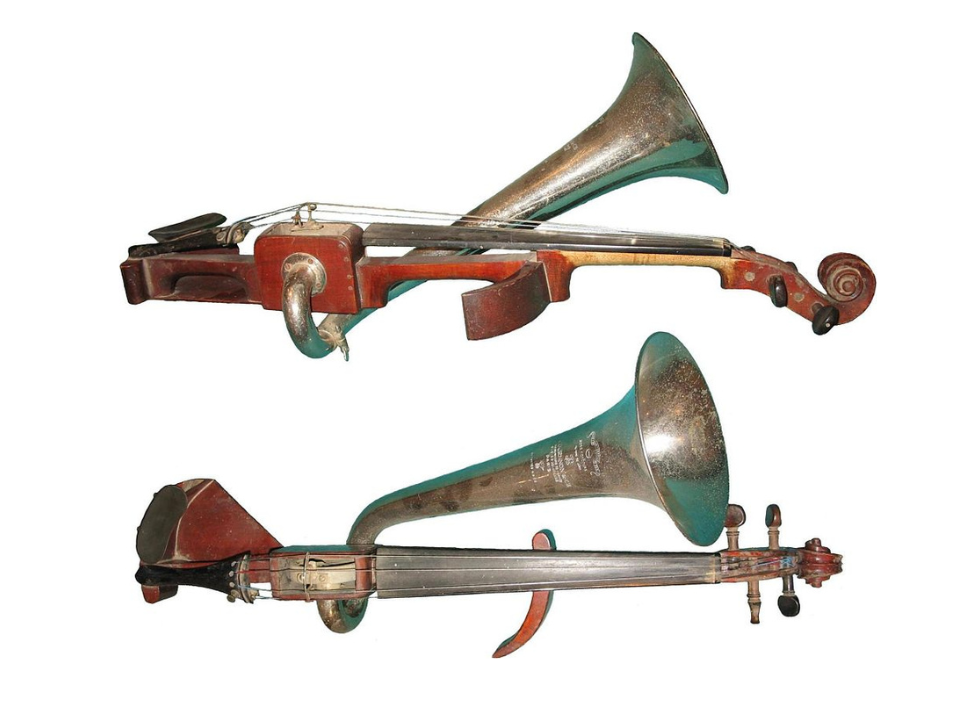
Estimated current market value: roughly $3,500
The Stroh violin, also known as the horn violin, was a unique hybrid instrument designed with a metal resonator and horn to amplify the sound, as traditional wooden soundboxes were not loud enough for early recording. Invented in the early 20th century, it was particularly useful for acoustic recording sessions, where sound amplification was needed.
Though rare, the Stroh violin holds significant appeal to collectors of vintage string instruments and audio history. Instruments in good condition, especially those with the original horn and resonator intact, are valued highly. The unique nature of the instrument and its contribution to the music industry make it a fascinating piece for any collection, especially for those with an interest in early recording technology.
This article originally appeared on Avocadu.
